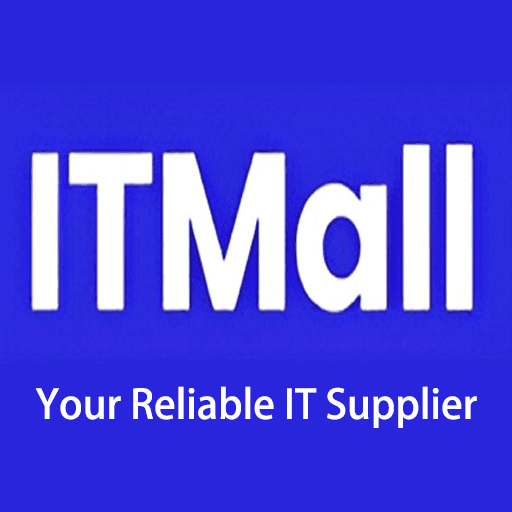What Is the Cisco 8212-48FH-M=? High-Density Port Design, Hybrid Use Cases, and Key Buyer Insights
Defining the Cisco 8212-48FH-M=
The Cisco 8212-48FH-M= is a high-density, hybrid-port switch within Cisco’s 8000 Series, though Cisco.com does not explicitly document this model. Based on itmall.sale listings and Cisco’s naming conventions, the “48FH-M=” suffix suggests a 48-port fiber-based chassis with modular uplink flexibility, optimized for environments requiring a mix of high-speed connectivity and legacy protocol support.
Technical Specifications
- 48 Fiber-Optic Ports: Likely supports 10G/25G SFP28 or 100G QSFP28 transceivers for high-throughput data center or ISP backbones.
- Modular Uplink Slots: Includes 4–6 expansion slots for 400G ZR/ZR+ coherent optics or legacy 1G/10G copper modules.
- Advanced Buffering: Features 12 MB packet buffer per port to mitigate microbursts in hyper-scale traffic environments.
Targeted Use Cases
- Internet Exchange (IX) Hubs: Aggregates peering traffic across multiple ASNs with low-latency forwarding.
- Media Streaming Nodes: Manages high-bitrate 4K/8K video distribution with QoS prioritization.
- Hybrid Cloud Interconnects: Bridges on-premises infrastructure with AWS/GCP using encrypted VXLAN tunnels.
Critical Considerations for Buyers
- Thermal Constraints: The 48-port density generates 600–800W heat output—ensure rack cooling exceeds 2.5kW per cabinet.
- Licensing Overheads: Features like MACsec encryption or application visibility require separate subscriptions.
- Future-Proofing: Verify compatibility with Cisco 8000 Series Silicon One processors for planned 800G upgrades.
Procurement and Availability
For Cisco-validated configurations and volume pricing, “8212-48FH-M=” is listed here. Lead times average 12–16 weeks due to custom optics programming.
Operational Perspective
The 8212-48FH-M= excels in scenarios where port density and protocol agility outweigh cost sensitivity. However, its 48-fiber design risks becoming a stranded asset if uplinks aren’t scaled proportionally—underutilized 400G slots add CapEx without ROI. For ISPs or hyperscalers building terabit-ready cores, it’s a strategic play; for enterprises, simpler Nexus switches may suffice. Always conduct a traffic growth analysis before committing to this level of port density.
